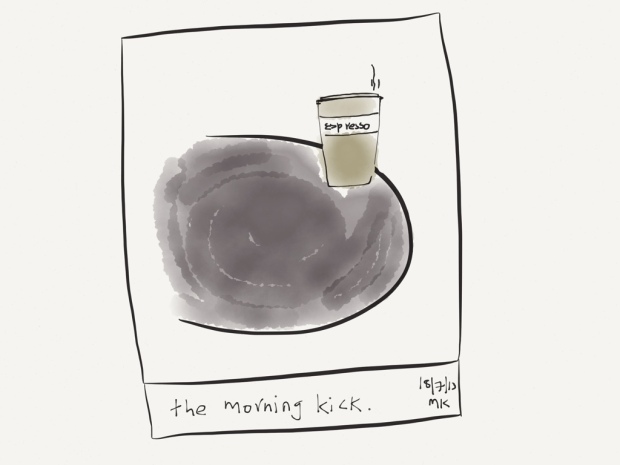 After the Czech summer camp, Kadamba Kanana Swami paid a visit to the holy land of India, more precisely to the topmost of holy places, Sri Vrndavana Dham. It was for just under a week, so the stay was short but still fully transcendental. On almost a daily basis, Maharaja participated in the 24 hour kirtan. Enthusiastic young devotees, whose only service is to be present in the kirtan for at least six hours a day in order to keep the continuous chanting alive, anticipated in the five o’clock slots, hoping for Maharaja to show up and to share in his ecstatic kirtans. And he did! For your pleasure, recordings of all these kirtans are available below for download.
After the Czech summer camp, Kadamba Kanana Swami paid a visit to the holy land of India, more precisely to the topmost of holy places, Sri Vrndavana Dham. It was for just under a week, so the stay was short but still fully transcendental. On almost a daily basis, Maharaja participated in the 24 hour kirtan. Enthusiastic young devotees, whose only service is to be present in the kirtan for at least six hours a day in order to keep the continuous chanting alive, anticipated in the five o’clock slots, hoping for Maharaja to show up and to share in his ecstatic kirtans. And he did! For your pleasure, recordings of all these kirtans are available below for download.
KKS – 24-h kirtana Part I – 27 june 2013 in Vrndavana
KKS – 24-h kirtana Part II – 27 june 2013 in Vrndavana
KKS – 24-h kirtana Part III – 29 june 2013 in Vrndavana
KKS – 24-h kirtana Part IV – 29 june 2013 in Vrndavana
KKS – 24-h kirtana Part V – 29 june 2013 in Vrndavana
KKS – 24-h kirtana Part VI – 30 june 2013 in Vrndavana
KKS – 24-h kirtana Part VII – 30 june 2013 in Vrndavana
Apart from leading kirtan, Maharaja presented several lectures: a Bhagavatam class, a talk based on the Bhagavad-gita that was given in Prabhupada’s quarters and a lecture to the resident brahmacaries to inspire their path in spiritual life and to fix them in strictly following the principles of brahmacarya. To the 24 hour kirtan party, Maharaja gave a talk in Aindra Prabhu’s quarters in the brahmacari ashram, stressing the importance of deep absorption in chanting and serving the holy name of the Lord. Since a group of young students from Delhi were visiting the Krsna-Balarama mandir, Mah
KKS – Brahmacari Class – 28 June 2013 in Vrndavana
KKS – S.B. 4.29.51 – 30 June 2013 in Vrndavana
KKS – Talk in Aindra’s room – 30 June 2013 in Vrndavana
KKS – Student Talk – 30 June 2013 in Vrndavana
KKS – B.G. 14.22-25 – 02 July 2013 in Vrndavana
Further to his preaching efforts, Maharaja took many walks in the area around the temple and paid visits to devotee friends. The whole stay is captured in a slide-show below. In case you cannot view it then just visit flickr.










